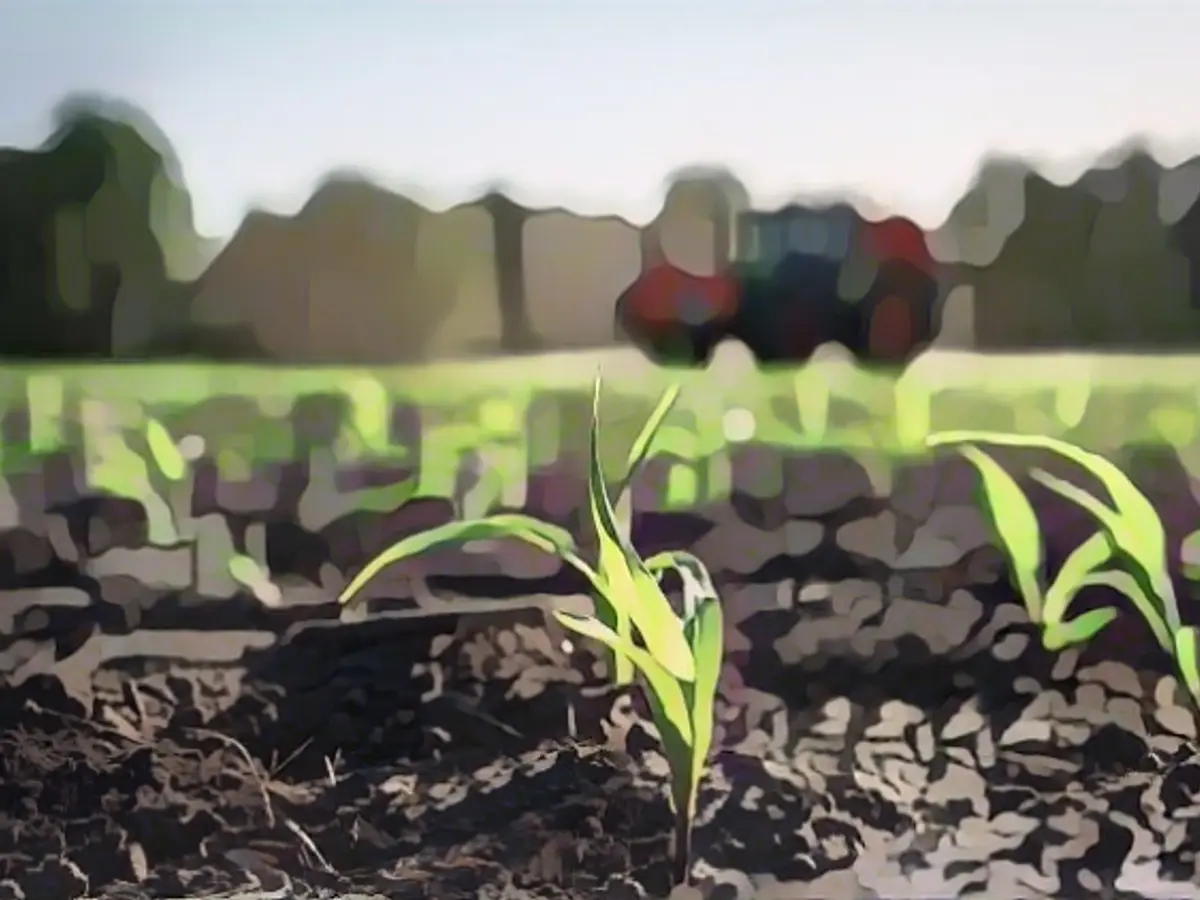This is what the agriculture of the future will look like
Global food production is threatening the earth: it is depleting the soil, killing species, burning the rainforest and fueling climate change. But it doesn't have to be this way. There have long been ways and means of achieving sustainable agriculture. Six examples of what the food production of the future could look like.
Fake meat
Experts around the world are working on meat that does not contain any animals. Bacteria, algae and fungi are grown in vats not unlike those in breweries to provide protein. Elsewhere, plant-based ingredients made from soy, peas and wheat are mixed together - and very successfully: soy steak and tofu nuggets can be bought in almost every major supermarket. The latest generation of fake meat in particular, usually made from pea protein, is so similar to its animal counterparts that hardly anyone can tell the difference in blind tastings.
Regenerative agriculture
Nature has incredible self-healing powers - if you just let it. This is exactly what regenerative agriculture aims to achieve. Unlike organic farming, it not only aims to preserve and protect soils and ecosystems, but also to improve them. It uses methods such as no-till (no plowing) or no-till farming, which increase soil quality and biodiversity.
However, the approach is holistic. In every corner of a farm, you observe exactly how the community of living beings is made up and what can be planted where in harmony. It's about understanding farms as a cycle again, and that includes animals and livestock: When straw becomes feed, manure becomes fertilizer, fertilizer becomes harvest and becomes new straw, the cycle that the global agricultural economy has broken is closed.
No-till farming
No-till farming does not involve digging up the soil. Instead, catch crops are planted on the rotting residues after the harvest, such as legumes, which increase the nitrogen content in the soil and therefore require less artificial fertilizer. These catch crops are hoed in spring.
Now it is time for direct sowing: special machines make furrows a few centimetres deep in the blanket of organic material in which the seeds of the main crop land. In between, undersown crops are often planted to suppress weeds and avoid gaps in the field. Insects and birds feed on this additional food supply. As a result, the field is constantly overgrown or covered, the soil remains protected against water loss and wind and receives new nutrients.
Precision farming
A strange fleet of agricultural robots, sometimes as large and boxy as a fridge, sometimes as small and delicate as a toy, jolt across the world's fields. They spray herbicides as sparingly as perfume, shoot laser beams at weeds or use cogwheels to turn over the soil next to rows of crops. They are part of the precision agriculture that experts hope will revolutionize the fields.
Smaller agricultural machines can make large tractors obsolete and enable healthier fields with more biodiversity. Precision methods also give us eyes and ears where we would otherwise have none: In the soil, sensors measure how high the pH value is; in the air, satellites detect how much biomass plants are producing. Ultimately, an AI could decide when to water, for example.
Mob grazing
It may not seem logical, but grass sprouts better when it is eaten away from time to time. It compensates for the loss above the ground by increasing root growth, also to crowd out competing plants. Side effect: The soil becomes richer in nutrients and species and stores more greenhouse gases.
Cattle, goats and sheep can thus be transformed from climate killers into climate protectors - if they graze close together and only ever graze briefly on the same pasture. This is called "mob grazing" because the animals attack the land like a mob, trample seeds into the soil, fertilize it with their excrement and then disappear. In some regions of Africa, mob grazing is used in an attempt to halt desertification.
Keyline design
You can also help the soil directly under the topsoil: In the 1950s, Australian engineer Percival Alfred Yeomans invented a method to retain the rare rainwater on his farm in the hills of New South Wales. He identified "key points" where the soil stores the water best and topographical "key lines" that correspond to the direction of flow. Along these key lines, he loosened the soil to a depth of 20 to 30 centimetres, raising it slightly. The plants formed deeper roots and had better access to nutrients and water. The fertile soil grew several centimeters per year. Yeoman's "keyline design" is now seen as a real opportunity to arm agriculture against climate change.
Read also:
- Why there is still no EU funding for green Saar steel
- 3 billion Saar Fund is unconstitutional
- Politicians at a loss after shock news
- Court of Auditors criticizes the state government's debt plan
The future of agriculture could potentially include the mass production of plant-based protein sources, such as soy, peas, and wheat, to replace animal-based meats. In the future, regenerative agriculture could become more prevalent, focusing on improving soil quality and biodiversity through methods like no-till farming and mob grazing. Moreover, precision farming could revolutionize the fields with the use of automated machines and sensors to monitor soil health and optimize resource use.
Source: www.ntv.de








